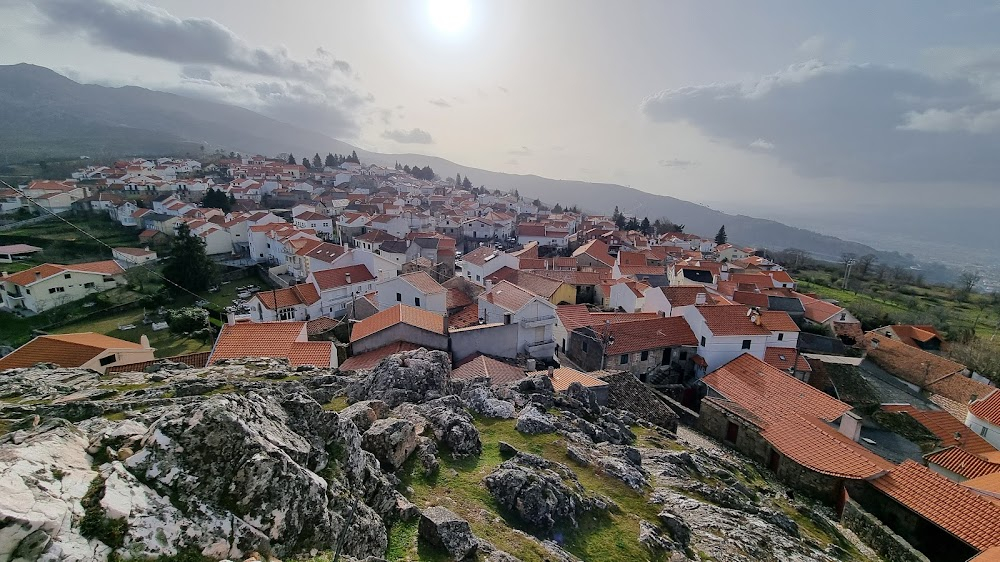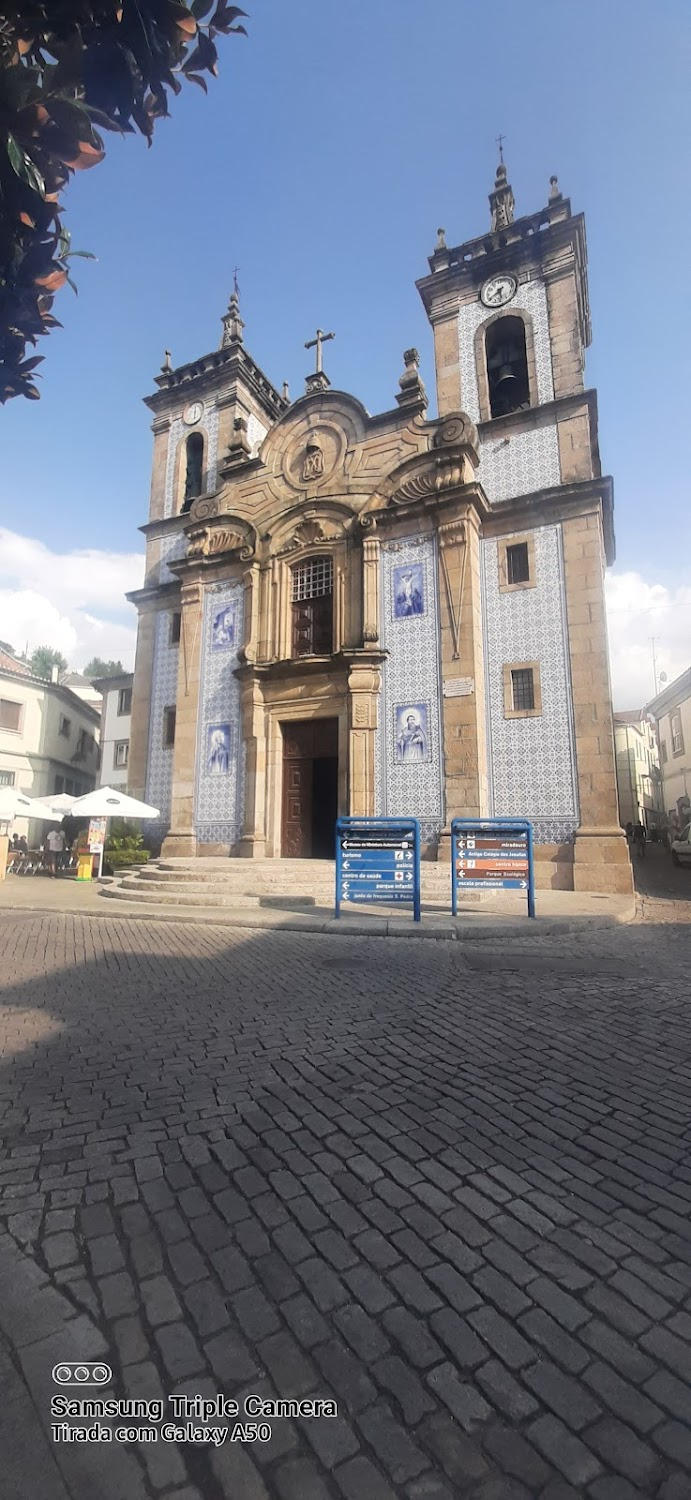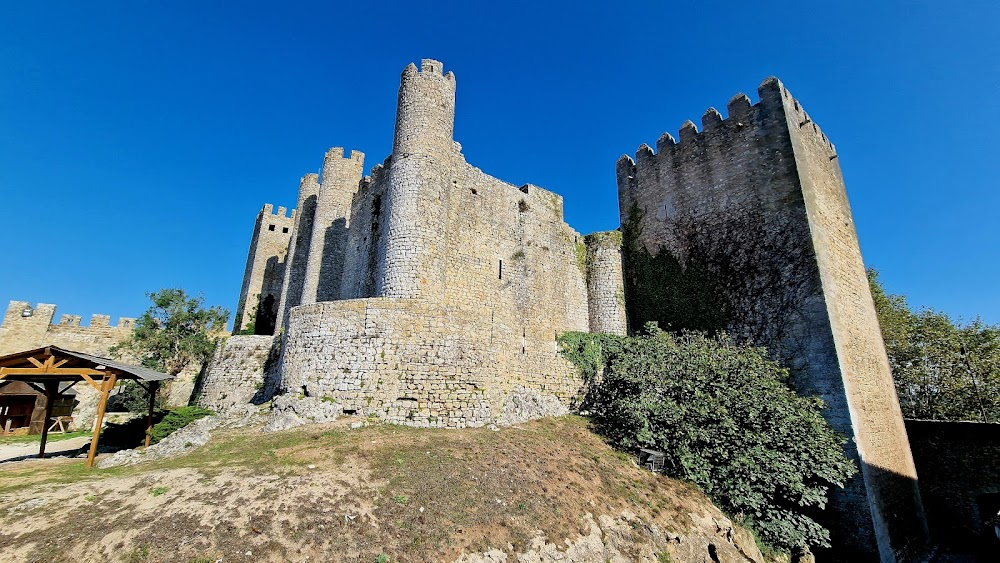Linhas de Wellington Filming Locations

Where was Linhas de Wellington filmed? Linhas de Wellington was filmed in 7 locations across Portugal in the following places:
Linhas de Wellington Filming Locations
Gouveia is a city and a municipality in the district of Guarda in Portugal. The municipality population in 2011 was 14,046, in an area of 300.61 square kilometres. The town itself has a very small population, around 3.500. The present mayor is Luis Marques Tadeu, elected by the Social Democratic Party.
Lisbon is Portugal’s hilly, coastal capital city. From imposing São Jorge Castle, the view encompasses the old city’s pastel-colored buildings, Tagus Estuary and Ponte 25 de Abril suspension bridge. Nearby, the National Azulejo Museum displays 5 centuries of decorative ceramic tiles. Just outside Lisbon is a string of Atlantic beaches, from Cascais to Estoril.
Torres Vedras is a municipality in the Portuguese district of Lisbon, approximately 40 kilometres north of the capital Lisbon in the Oeste region, in the Centro of Portugal. The population as of 2011 was 83,075, in an area of 407.15 square kilometres.
Portugal is a southern European country on the Iberian Peninsula, bordering Spain. Its location on the Atlantic Ocean has influenced many aspects of its culture: salt cod and grilled sardines are national dishes, the Algarve's beaches are a major destination and much of the nation’s architecture dates to the 1500s–1800s, when Portugal had a powerful maritime empire.
Óbidos is a town and a municipality in the Oeste region, historical province of Estremadura and the Leiria district. The town proper has approximately 3,100 inhabitants. The municipality population in 2011 was 11,772 covering an area of 141.55 square kilometres.
Linhas de Wellington (2012)
On September 27, 1810, the French troops commanded by Marshal Massena, were defeated in the Serra do Buçaco by the Anglo-Portuguese army of general Wellington. Despite the victory, Portuguese and British are forced to retreat from the enemy, numerically superior, in order to attract them to Torres Vedras, where Wellington had built fortified lines hardly surmountable. Simultaneously, the Anglo-Portuguese command organizes the evacuation of the entire territory between the battlefield and the lines of Torres Vedras, a gigantic burned land operation, which prevents the French from collecting supplies. This is the setting for the adventures of a multitude of characters from all social backgrounds - soldiers and civilians, men, women and children, young and old - to the daily routine torn by war and dragged through hills and valleys, between ruined villages, charred forests and devastated crops.Highly persecuted by the French, already tormented by an unmerciful weather, the mass of fugitives continues to move forward clenching the teeth, just to save their skin, loaded with tenacious will to resist the invaders and retreat them from their country. Or even hoping to take advantage of the disarray to satisfy their basic instincts. All of them, whatever nature or motivations - the idealistic young lieutenant Pedro De Alencar, Clarissa Warren, the malicious little English girl, the shady dealer Penabranca, the vindictive Sergeant Francisco Xavier or the lusty prostitute Martírio, all gather by different paths to the lines of Torres, where the final battle will decide the fate of each one of them.



